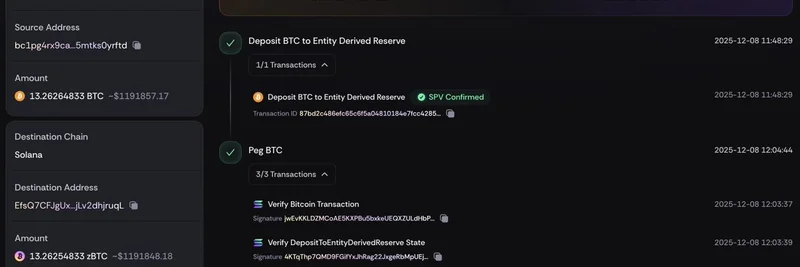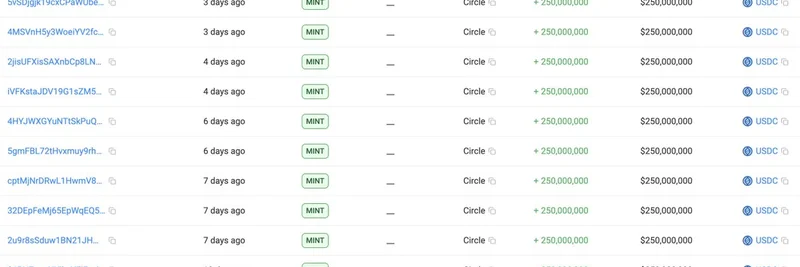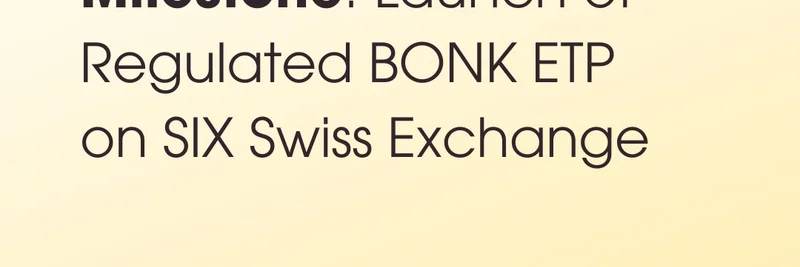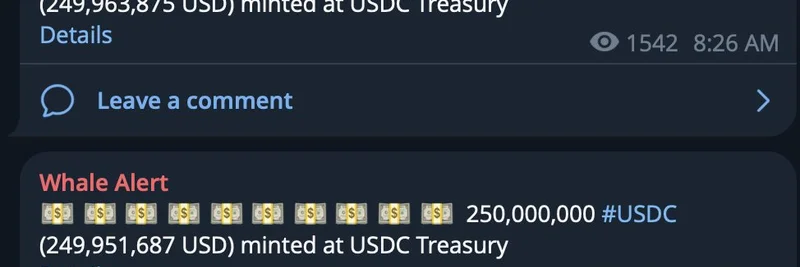Hey there, crypto enthusiasts! If you've been keeping an eye on the blockchain world, you know that smart contracts are the backbone of everything from DeFi protocols to those viral meme tokens that can skyrocket overnight. Well, Kaspa—a high-speed, proof-of-work blockchain using BlockDAG technology—is shaking things up with a fresh proposal that's got the community buzzing. In a recent tweet from the community account @kaspaunchained, they likened this innovation to building with LEGO bricks, and honestly, it's a perfect analogy.
The tweet quotes a detailed breakdown from @TheLoadedLounge, announcing an update to Kaspa's smart contract ecosystem. At the heart of it is something called "verifiable programs" or vProgs. Think of vProgs as self-contained mini-apps on the blockchain. Each one operates like its own little computer, complete with custom rules, storage, and even a "gas" system to manage resources. This setup ensures that one app doesn't hog resources or crash the whole network— a common headache in monolithic blockchains.
Why This Matters for Blockchain Builders
Let's break it down simply. Traditional smart contracts, like those on Ethereum, are flexible but can get bogged down by network congestion. Solana offers blazing speed but sacrifices some decentralization. Kaspa's vProgs aim to blend the best of worlds: Ethereum's programmability, Solana's performance, Tron's cost-efficiency, and Cardano's security—all without the usual pitfalls like outages or centralization risks.
Key perks include:
- Self-Governance: Each vProg controls its own throughput and data growth. No more worrying about a popular meme token launch slowing down the entire chain.
- No Trust Dependencies: These programs don't rely on each other to function. If one goes offline or glitches, the others keep humming along.
- Atomic Cross-App Magic: Here's the killer feature—synchronous composability. You can execute a transaction that reads data from one vProg and updates another in a single, atomic step. Everything succeeds together or fails safely. Imagine swapping tokens and staking rewards in one seamless move, with zero risk of partial execution.
This isn't just tech jargon; it's a big deal for meme token creators. With vProgs, you could deploy quirky, community-driven tokens on Kaspa's ultra-fast Layer 1 (L1) without layering on extra complexity like rollups. Kaspa's BlockDAG (a directed acyclic graph of blocks) already allows for massive throughput—up to thousands of transactions per second—making it a prime spot for high-volume meme trading.
As shown in the chart from the original post, Kaspa's approach scores high on both synchronous composability (for that instant, atomic UX) and sovereignty (independent zones like appchains). It outshines monolithic L1s like Solana in modularity and beats modular ecosystems like Cosmos in seamless integration.
Implications for Meme Tokens and Beyond
For those in the meme token space, this could open the floodgates. Kaspa's PoW security and speed make it resilient against spam attacks, which plague many meme-heavy chains. Plus, with atomic transactions, building complex meme ecosystems—like automated liquidity pools or cross-token games—becomes straightforward and secure. Imagine a meme token that interacts instantly with NFTs or prediction markets, all on the same L1 baseplate (to borrow the LEGO metaphor).
The community is hyped, with replies calling it "unbelievable MASSIVE" and predicting a "revolution." As Kaspa continues to evolve, this proposal could attract developers tired of Ethereum's gas fees or Solana's occasional hiccups. If you're a blockchain practitioner looking to level up, keep an eye on Kaspa's developments—it's positioning itself as a hub for innovative, scalable apps.
Check out the original tweet for the full vibe, and stay tuned to Meme Insider for more updates on how emerging tech like this fuels the meme token frenzy. What's your take—will vProgs make Kaspa the go-to for next-gen memes? Drop your thoughts below!




